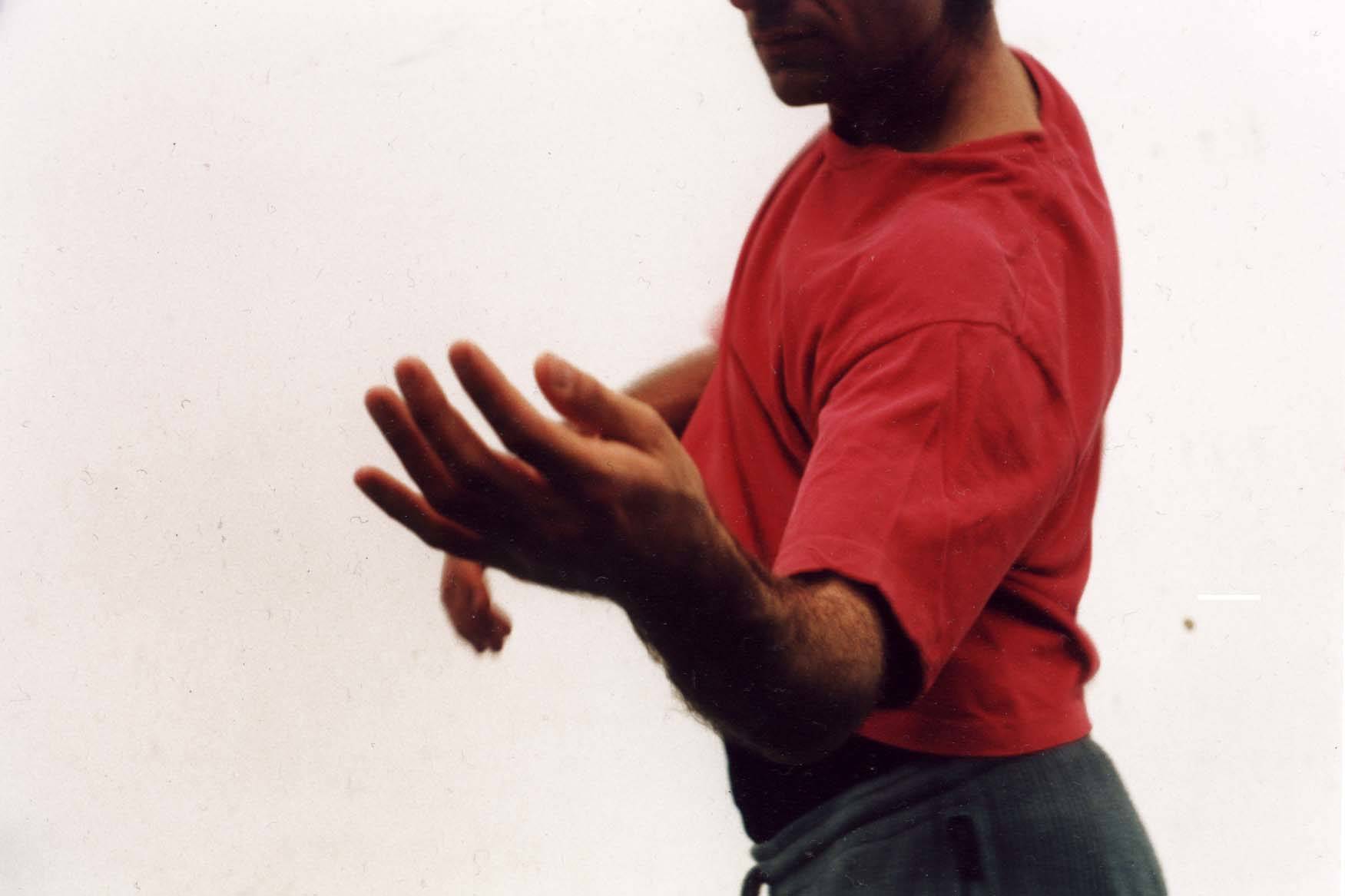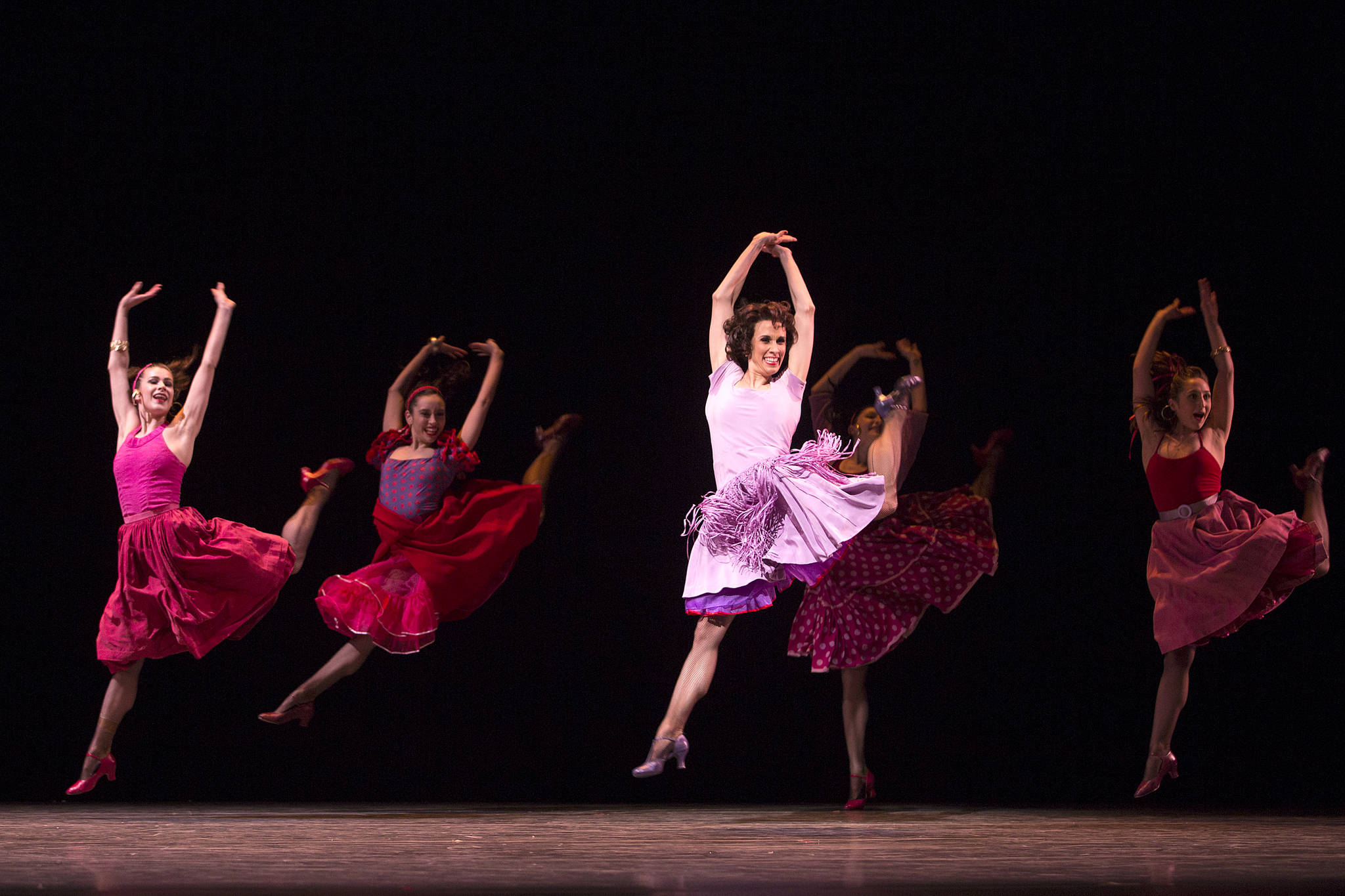The man who brought his preshow snack of white wine and a Snickers bar for opening night of Cherdonna’s Doll’s House probably wasn’t trying to comment on this mashup of classic theater and contemporary performance, but he managed to put his finger on that operative element all the same. Jody Kuehner’s alter ego, the almost-larger-than-life Cherdonna Shinatra, doesn’t really fit into the bourgeoisie world of Henrik Ibsen’s A Doll’s House; in fact, she is its antithesis. Yet there they both are, in a co-production by Kuehner and Washington Ensemble Theatre. Cherdonna acts as a commentator, observer, and spoiler, while the artists of WET attempt to present a naturalistic performance of Ibsen’s work.
Cherdonna started life alongside fellow drag artist Ricki Mason’s character Lou Henry Hoover, the zonked-out 1960s hostess acting as a foil to the small and dapper vaudevillian. But over the past few years, Kuehner’s lanky character has grown and continues to develop fresh existential dimensions, always with a variation on a child’s relationship to her world. Cherdonna is in many ways just like a toddler: full of curiosity, easily distractible, oblivious to social cues, and insistent on having her own way. Dressed in a lime-green lace jumpsuit and silver platform heels, with a towering, cotton-candy wig, she’s an incredible contrast to the cozy browns and reds of Pete Rush’s set. From the top of the show, when she wanders onstage, breathily confiding that this is her favorite play and introducing the audience to one another, she constantly breaks the barrier between performers and observers. She’s a disruptive force, and when she inserts herself into the trajectory of Ibsen’s tightly plotted story, things begin to unravel. Actors drop their characters, set pieces fall apart, cookies fall from the ceiling.
At first the rest of the cast seems bemused by her shenanigans, but keep soldiering on, laying out the complexities of the plot. As the interruptions become more elaborate, though, their frustrations begin to show each time their story gets sidetracked. When Nora tries to explain how she needed to forge her father’s signature to get a loan in order to take her sick husband to a warmer climate, Cherdonna jumps in with a lunatic explanation of banking, illustrated by a flow chart drawn on a window shade.
Finally, the cast turns tables on Cherdonna. As she leads them in a big production number lip-syncing to Cher’s “The Sun Ain’t Gonna Shine Anymore,” they interrupt by mansplaining drag and offering makeup tips. After Cherdonna starts the number over for the third time, Leah Salciso Pfenning as Nora has had enough. Actresses wait years to get a chance to play Nora, she exclaims, and Cherdonna is ruining her big chance. Taken aback, Cherdonna leaves, and Pfenning declares that they’re going to do the play’s final scene. But as the cast gets about halfway to the end, Kuehner enters one last time, in street clothes, and again undercuts the traditional drama. The cast doesn’t understand her, she doesn’t want to do the play. Likewise, Nora doesn’t want to live with her controlling husband Torvald. Together, the two women leave the theater.
When it premiered, A Doll’s House was part of a radical movement in the theater, using a realistic approach to characters and presentation to make a direct connection to the audience. At first blush, Kuehner’s drag persona is the furthest thing from natural you might imagine, but she shares that same radical quality, rejecting conventional ideas about female behavior. In the end, Cherdonna and Nora have more in common than we realize. Cherdonna’s Doll House. 12th Ave Arts, 1620 12th Ave, washingtonensemble.org. $15-$25. 7:30 p.m. Thur.-Mon. Ends May 15. dance@seattleweekly.com








